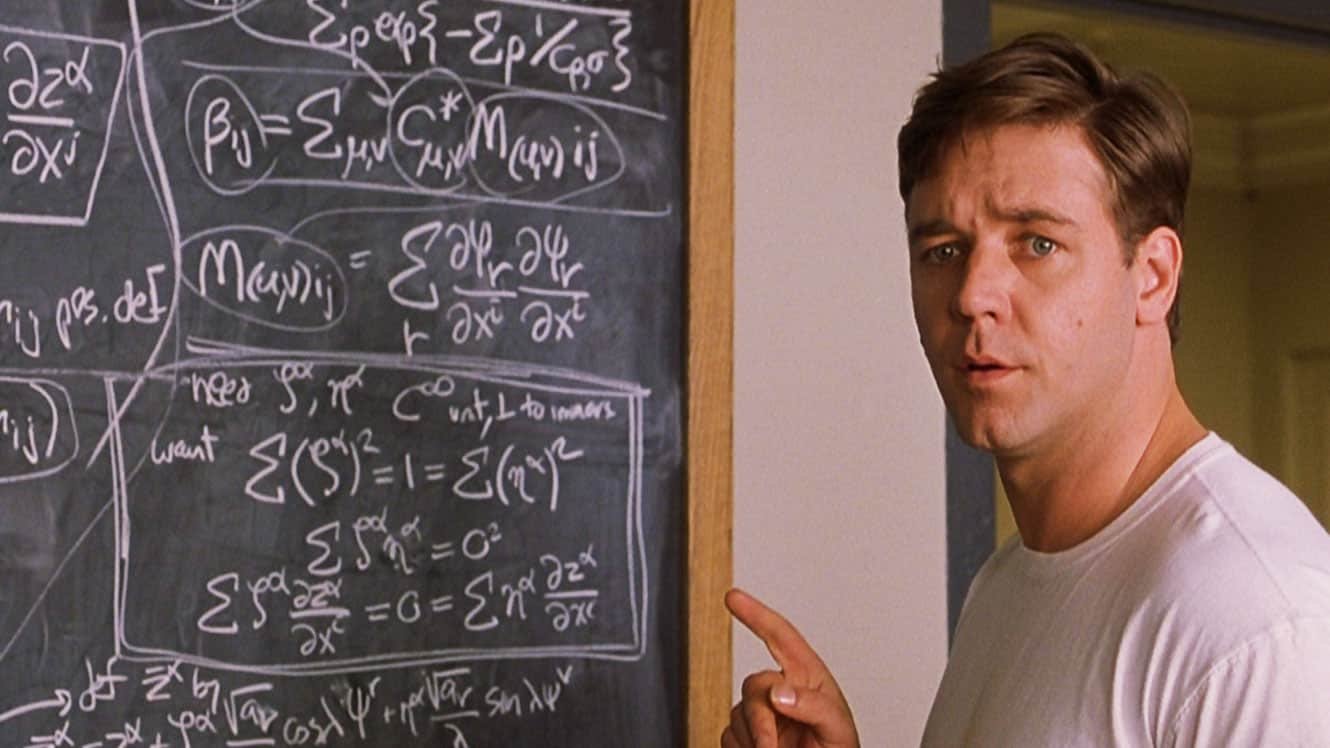This weekend, I achieved a personal milestone: I ran 33 miles. As I crossed that finish line, every step reinforced a powerful lesson in resilience, a quality that profoundly connects to my professional life as a UX designer and leader.
Resilience isn’t just about enduring; it’s about adapting and thriving amid challenges. Here’s how running 33 miles mirrors the journey of a UX designer:
Preparation and Strategy: Just like preparing for a long run, successful UX design requires thorough research and strategy. Understanding the terrain ahead—whether it's user needs or marathon elevation changes—enables effective planning and execution.
Iterative Process: In ultra-running, you adjust your pace, strategy, and nutrition as conditions change. Similarly, in UX design, iterating designs based on continuous user feedback and testing is crucial. Both require staying flexible and responsive to the environment.
Problem-Solving: Every mile can bring a new challenge. From blisters to unexpected weather, ultra-running forces you to problem-solve on the go. This is much like UX design, where unforeseen user experience issues must be resolved efficiently and creatively.
Endurance and Persistence: Running ultra distances requires pushing through pain and fatigue. In UX design, endurance might mean persisting through multiple project iterations or overcoming stalled creativity to find the best solution.
Team Support and Collaboration: Just as a support crew provides aid during a race, a UX project thrives on collaboration. Feedback and encouragement from colleagues and stakeholders are invaluable for crossing the finish line with a successful design.
Celebrating Milestones: Every mile marker in a race is a small victory. Similarly, celebrating milestones in a project lifecycle keeps the team motivated. Recognizing these achievements, big or small, fuels continued effort and passion.
Breaking Down Complexity: Just as ultrarunning requires breaking down the race into segments to manage energy and focus, effective UX design involves deconstructing complex problems into smaller, manageable tasks. Tackling a design project in phases—starting from wireframes to final designs, or segmenting user research from usability testing—helps manage the workload and keeps the project on track. This methodical breakdown ensures that each component receives the attention it deserves, leading to a more thorough and refined outcome. It teaches us that no challenge is too big when approached one step at a time.
Running 33 miles has reinforced my capacity for resilience, a trait that I bring to every project as a UX designer. The journey is long, the road is winding, but with persistence and adaptability, the results can be incredibly rewarding.
Here's to always going the extra mile—in sports and in design! 🚀
#UXDesign #Resilience #MarathonRunning #UserExperience #DesignThinking #CareerGrowth



